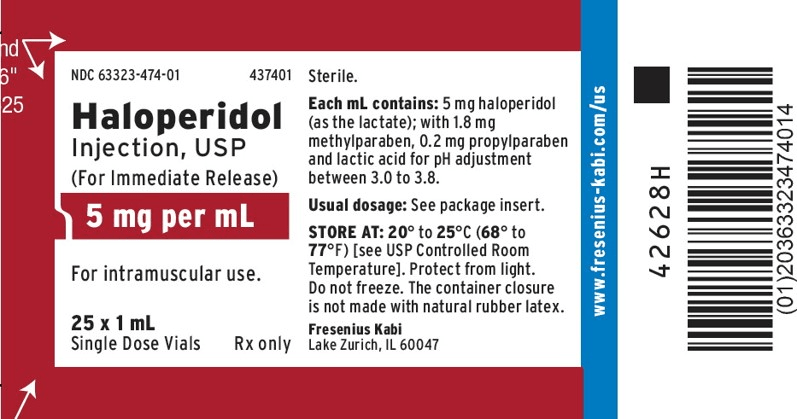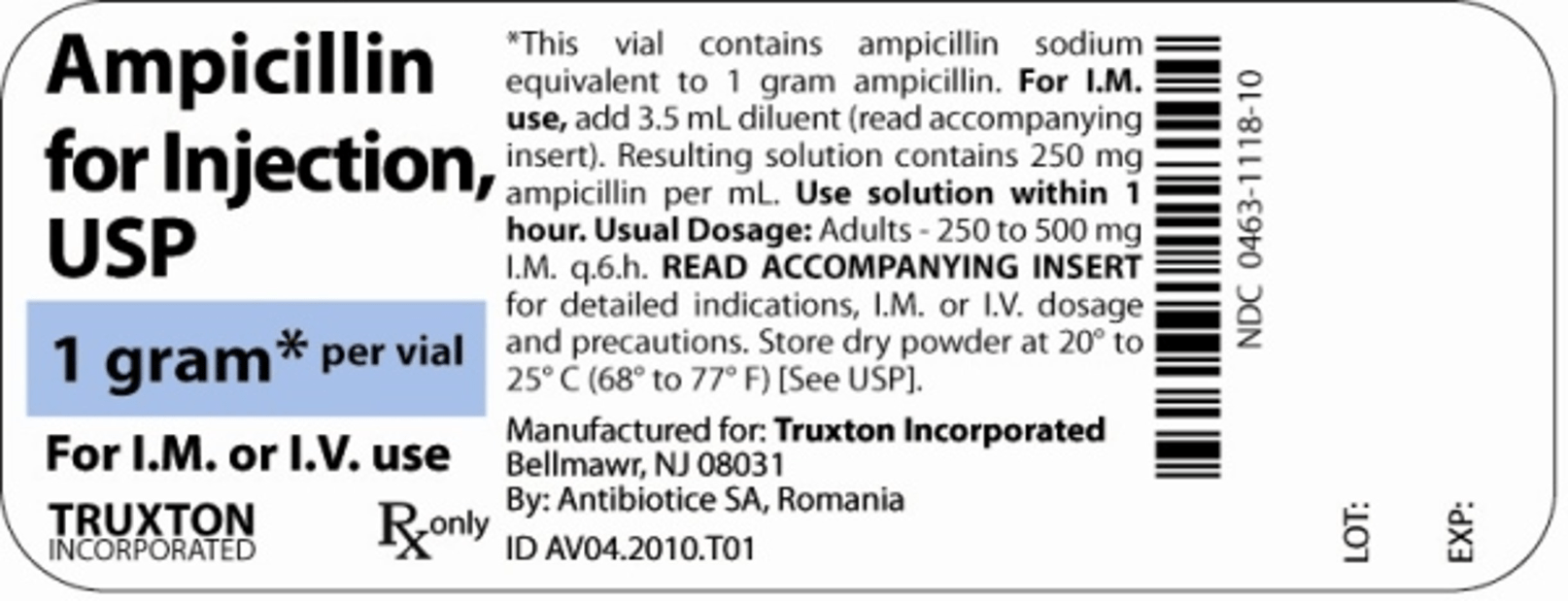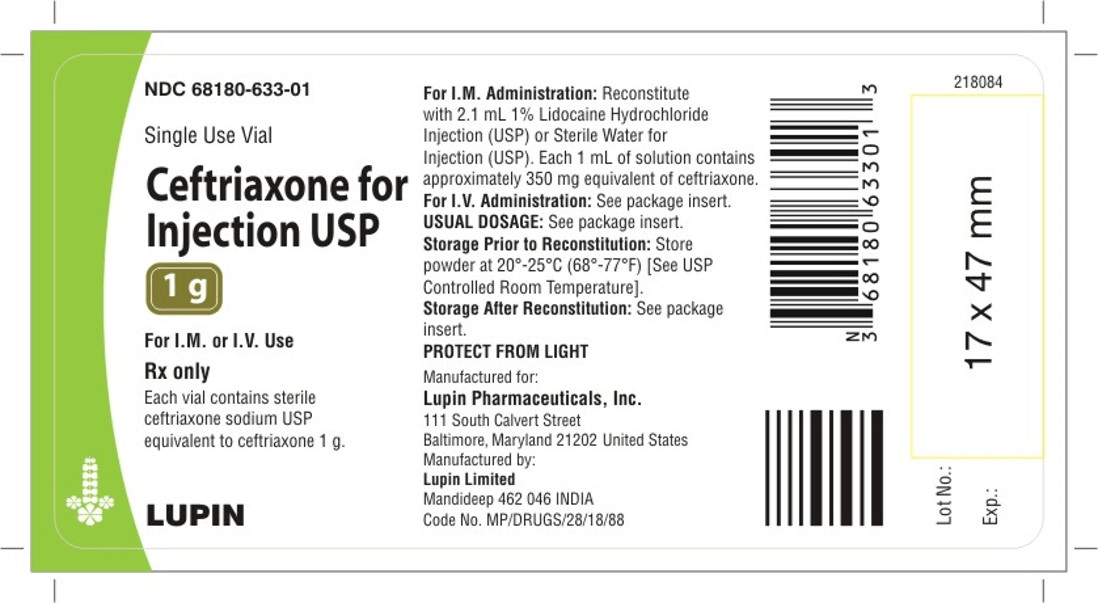What is the abbreviation for the system that is responsible for the physical changes of the fight-or-flight response?
SNS
(sympathetic nervous system)
What is the abbreviation for the upper right chamber of the heart?
RA
(right atrium)
What is the name of specialized white blood cells that clean debris from lymph?
phagocytes
Name the lobes of the lungs.
Left upper lobe
Left lower lobe
Right upper lobe
Right middle lobe
Right lower lobe
Order: Ondansetron 4 mg PO ODT q6h
Supply: 4 mg tablets
How many tablets is the nurse to administer in one dose?
1 tablet
 Order: Haldol 3mg IM q8h
Order: Haldol 3mg IM q8h
1. Based on the label above, the nurse is to administer how many mL in one dose?
2. The nurse has orders to administer Haldol to two separate patients. Would she be able to use the same vial for both patients?
1. 0.6 mL
2. No; single dose vial
The nurse is caring for a client who is scheduled to have a procedure in which they will puncture the subarachnoid layer at fourth intervertebral space to obtain CSF for analysis. What is the procedure called?
Must give the full name and the abbreviation!
Lumbar puncture (LP)
*For fun, what does the abbreviation "CSF" in the question stand for?
What term means the heart is in an irregular rhythm or without rhythm?
arrhythmia
The nurse is caring for a client with a lymph tumor. What term means "lymph tumor"?
lymphoma
What is the name for the tool for measuring the acidity or alkalinity of a substance?
pH scale
Levothyroxine 125 mcg IV daily
Supply: 200 mcg per 5 mL
How many mL should the nurse administer per dose?
3.1 mL

Order: Diphenhydramine 25 mg x1 now
1. How many mL should the nurse administer in one dose?
2. What size syringe should the nurse select to administer this medication?
3. What site should the nurse administer this amount into?
1. 0.5 mL
2. 1 mL
3. Deltoid
The nurse is administering a medication that helps prevent a thrombus from forming by preventing platelets from sticking together. What class of medications does this?
Platelet aggregation inhibitor
*Be sure you understand how this is different from a thrombolytic! Break down the words!
The nurse is caring for a client who is not breathing and does not have a pulse. What procedure should the nurse perform?
Must give the full name and the abbreviation!
Cardiopulmonary resuscitation (CPR)
What term means that there is bacteria in the blood stream?
bacteremia
What term would be used for someone who is breathing very fast?
Tachypnea
*Be sure you understand –pnea and potential prefixes to this suffix.
Order: Vitamin B12 100,000 units IM daily for 3 days
Supply: 2 mL vial of vitamin B12 with 50,000 units per mL
The nurse is to administer how many mL per dose?
2 mL

Order: 0.6 g IM q12h
1. How many mL should the nurse use for reconstitution?
2. What is the resulting concentration?
3. How many mL should the nurse administer for one dose?
4. What is the best site to utilize for administration?
1. 3.5 mL
2. 250 mg / 1 mL
3. 2.4 mL
4. Vastus lateralis, rectus femoris, ventrogluteal
The nurse is caring for a client with damage to brain tissue caused by an interruption of blood supply due to a clot or vessel rupture. What is this disorder called?
Must give the full name and the abbreviation!
Cerebrovascular accident (CVA)
AKA stroke
What blood test would be performed for a client on heparin to measure the blood-clotting time?
Must give the full name and the abbreviation!
Partial thromboplastin time (PTT)
What test is used in the diagnosis and monitoring of many diseases that cause acute or chronic inflammation by measuring the rate at which RBCs settle in plasma or saline over a specific period of time?
Must give the full name and the abbreviation!
Erythrocyte sedimentation rate (ESR)
What makes up a client's lower airway?
Bronchi and lungs
Order: Amoxicillin 0.375 g PO q12h
Supply: 250 mg per 5 mL
1. How many mL should the nurse administer per dose?
2. How many tsp should the nurse instruct the mother to administer per dose?
1. 7.5 mL
2. 1.5 tsp or 1 ½ tsp

Order: Ceftriaxone 1500 mg IV q12h
1. What diluent should be used for reconstitution?
2. How many mL of diluent should the nurse draw up for reconstitution?
3. What is the resulting concentration once reconstituted?
4. How many mL should the nurse administer in one dose?
1. 1% lidocaine hydrochloride or Sterile water
2. 19.2 mL
3. 100 mg/ 1 mL
4. 15 mL
The nurse is caring for a client with a neurological disease involving progressive myelin degeneration, which has resulted in the client losing muscle strength and coordination. What is this disorder called?
Must give the full name and the abbreviation!
Multiple sclerosis (MS)
The nurse is caring for a client who is scheduled for a procedure in which a probe will be placed down the esophagus to study the heart. What is the procedure called?
Must give the full name and the abbreviation
Transesophageal echocardiography (or echocardiogram) TEE
If a medication is classified as an "immunosuppressant", what does that mean? Given an example of a disease/disorder that an "immunosuppressant" might treat.
Immunosuppressants suppress the immune system. They help prevent organ transplant rejection and prevent the immune system from attacking the body in autoimmune disorders.
Diseases/disorders: post-transplant, SLE
*Remember they make clients more susceptible to infections!
What does the abbreviation "PND" stand for? What does it mean (break the words down like we did in class)?
Paroxysmal nocturnal dyspnea
Difficulty breathing (dyspnea) at night (nocturnal) that occurs suddenly or periodically (paroxysmal)
The nurse is ordered to adminster 0.75 g of Ceftriaxone IV q12h
Once the medication is reconstituted, each mL of solution contains approximately 100 mg of Ceftriaxone.
How many mL is the nurse to administer per dose?
7.5 ml

Order: Ceftriaxone 250 mg IM now
1. What diluent will be added for reconstitution?
2. How many mL of diluent will be added?
3. What is the resulting concentration once diluted?
4. How many mL of medication will be administered per dose?
5. What size syringe would be best to use for administration?
6. What is the most appropriate site to utilize for administration?
1. 1% lidocaine hydrochloride or sterile water
2. 2.1 mL
3. 350 mg / 1 mL
4. 0.71 mL
5. 1 mL syringe
6. Deltoid